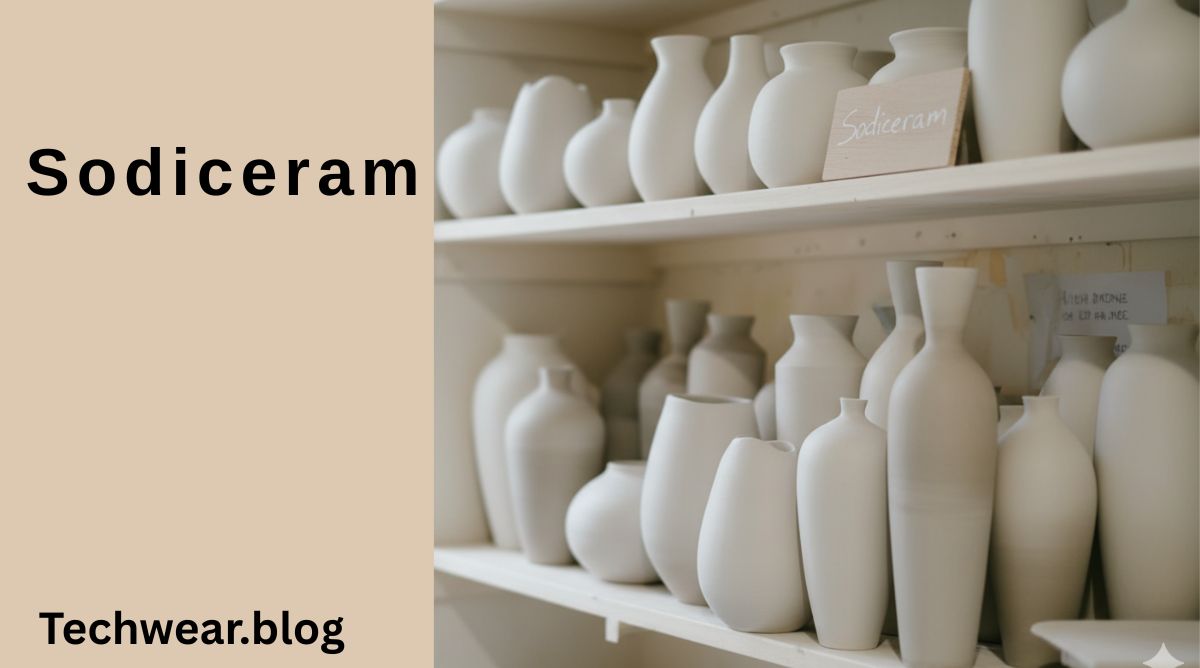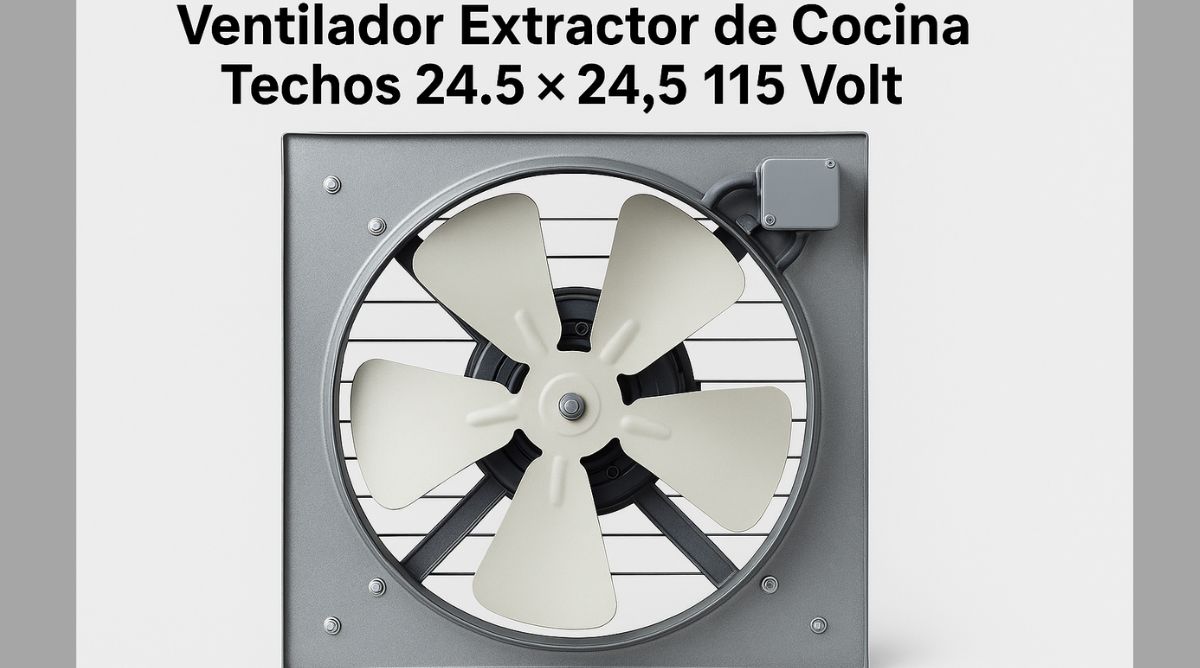Proper torque application is one of the most important but often overlooked aspects of mechanical installation. Whether you’re assembling a fitness bike like the Echelon Connect or maintaining other home equipment, applying the correct torque to screws is essential for safety, durability, and overall functionality. In this comprehensive article, we will explore the key considerations for torquing Echelon screws correctly, what tools to use, and how improper torque can affect your equipment.
What Does Torque Mean?
Torque is a measure of rotational force applied to a fastener like a bolt or screw. It is usually measured in inch-pounds (in-lbs) or Newton-meters (Nm). The objective of applying proper torque is to ensure that screws are tight enough to hold components together securely but not so tight that they strip the threads or crack the components.
You can read more about torque and its significance on Wikipedia.
Why Is Torque Important for Echelon Screws?
Echelon fitness equipment, such as smart bikes and rowing machines, often undergo repetitive motion and dynamic forces during workouts. These vibrations and stresses can loosen screws over time if they are not tightened to the correct specification.
Key reasons why torque matters include:
- Safety: Under-torqued screws can come loose, leading to structural failure or injury.
- Durability: Over-torquing may strip threads or deform parts, reducing lifespan.
- Performance: A loose frame or wobbling parts can interfere with smooth operation.
Types of Screws Used in Echelon Bikes
Echelon typically uses hex-head, Allen, and Phillips screws, depending on the model and specific part. These screws are often metric-sized, made from stainless steel or other durable materials. Some screws are structural (like frame bolts), while others are used for accessories (like tablet holders or water bottle cages).
Understanding the purpose of each screw helps determine the torque requirement. Always refer to your product manual for detailed specs, or contact Echelon customer support if in doubt.
How to Determine the Correct Torque
Unfortunately, many Echelon manuals do not explicitly state torque specifications for every screw. However, here’s a general guideline based on screw size and application:
| Screw Size | Application | Suggested Torque |
|---|---|---|
| M4 | Tablet holder, sensors | 2–3 Nm |
| M5 | Pedals, accessory arms | 4–6 Nm |
| M6 | Main frame, seat bracket | 7–10 Nm |
| M8 | Structural bolts | 15–20 Nm |
⚠️ Note: Always check your specific model’s service manual or consult customer service. These are just general values.
Tools for Torquing Screws
To accurately torque your Echelon screws, you’ll need:
- Torque Wrench: Essential for applying specific torque. Digital or beam-style wrenches are most accurate.
- Hex Key Set (Allen Wrenches): Many screws on Echelon bikes use hex drives.
- Screwdriver with Torque Control: For smaller screws or plastic components.
Do not rely solely on hand tightening or basic wrenches, as they often lead to over- or under-tightening.
Step-by-Step Guide to Torquing Echelon Screws
Step 1: Identify Screw Purpose
Before tightening, determine the role of the screw. Is it holding up weight (like a seat post), or is it cosmetic (like a display cover)? Structural screws need more torque.
Step 2: Clean and Align
Ensure that screw threads and mating parts are clean. Misalignment can cause incorrect torque readings.
Step 3: Select the Correct Tool
Use a torque wrench or a screwdriver with torque control settings.
Step 4: Apply Lubricant (if needed)
Some screws may require a thread locker (like Loctite) or lubrication. Always follow the manual’s guidance.
Step 5: Tighten in Stages
Tighten in small increments. If you’re working on symmetrical parts (like pedals or flywheels), alternate sides to ensure even pressure.
Step 6: Confirm Torque
Stop turning as soon as the desired torque is reached. Do not over-tighten for “extra security”—this causes damage.
What Happens If You Over-Torque or Under-Torque?
Over-Torqueing:
- Threads may strip.
- Components can crack or deform.
- Equipment warranty might be voided.
Under-Torqueing:
- Screws may loosen during use.
- Equipment can rattle, squeak, or become unstable.
- Can lead to structural failure over time.
How Often Should You Check Torque?
It’s a good idea to check and re-torque your Echelon screws every 2 to 3 months, or more frequently if:
- You move the equipment.
- You hear unusual noises or feel instability.
- You engage in heavy daily workouts.
Use a log to track the dates of torque inspections for maintenance purposes.
Tips for Specific Echelon Equipment
Echelon EX-5 / EX-7s Bikes
- Pedal bolts: 15 Nm (use pedal wrench)
- Seat rail bolts: 10 Nm
- Handlebar mount: 6 Nm
Echelon Rowing Machines
- Rail frame bolts: 12–15 Nm
- Foot strap fasteners: 3 Nm
For detailed technical specifications, consult the Echelon Fit website or contact their support directly.
Final Advice and Safety Considerations
- Always follow the torque sequence for multi-screw patterns.
- Avoid using impact drivers—they can easily over-torque.
- Replace worn or stripped screws immediately.
- If you’re unsure, seek professional help or contact Echelon support.
Conclusion
Knowing how tight do I need to torque my Echelon screws is crucial for ensuring that your fitness equipment remains safe, functional, and long-lasting. While Echelon may not publish exact torque values for every part, this guide provides reliable general advice. Proper torquing prevents many issues—ranging from noisy operation to structural failure—and is a small but vital part of maintenance.
For further reading about torque, you can visit the Wikipedia page on torque to understand the physics and applications in engineering.








